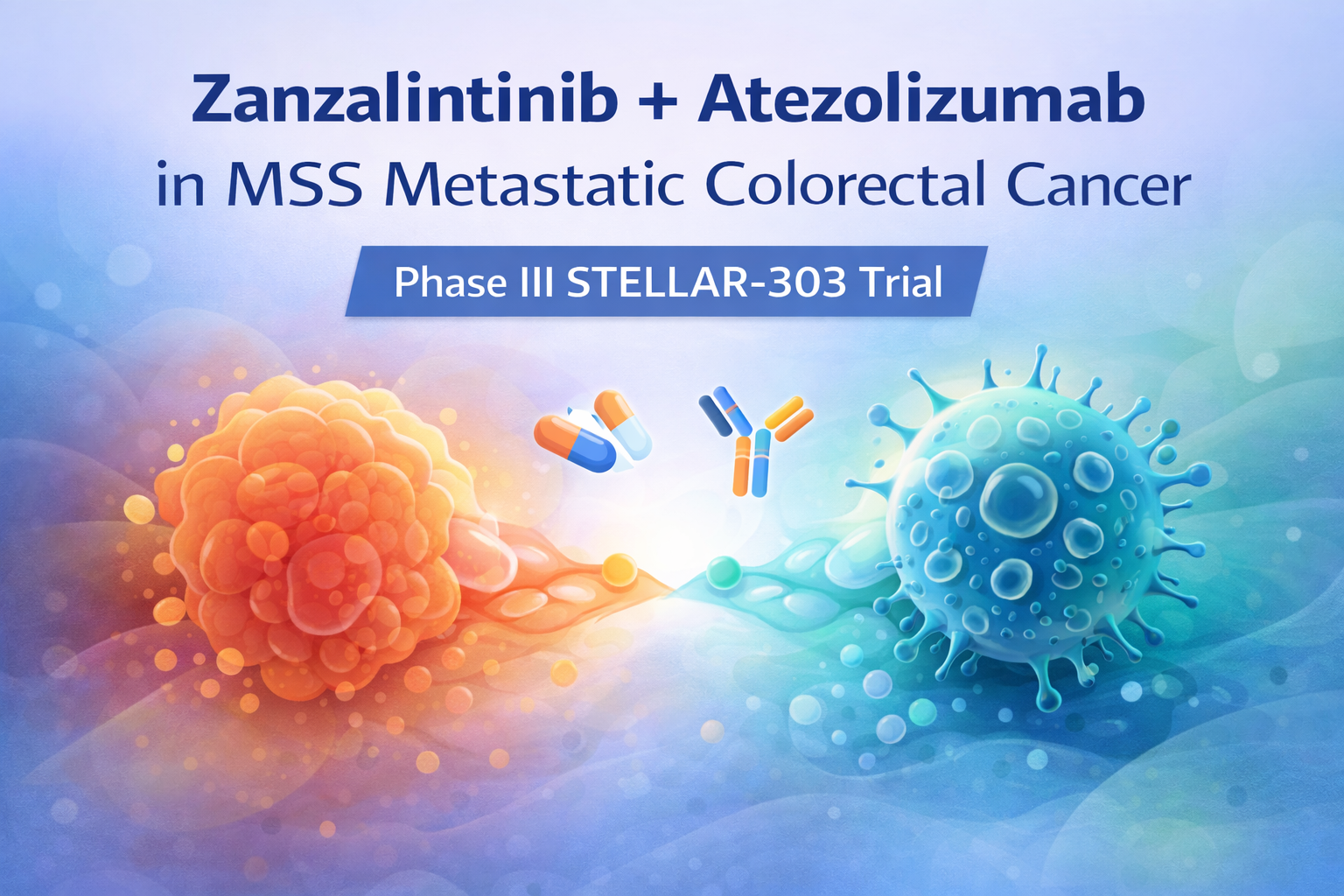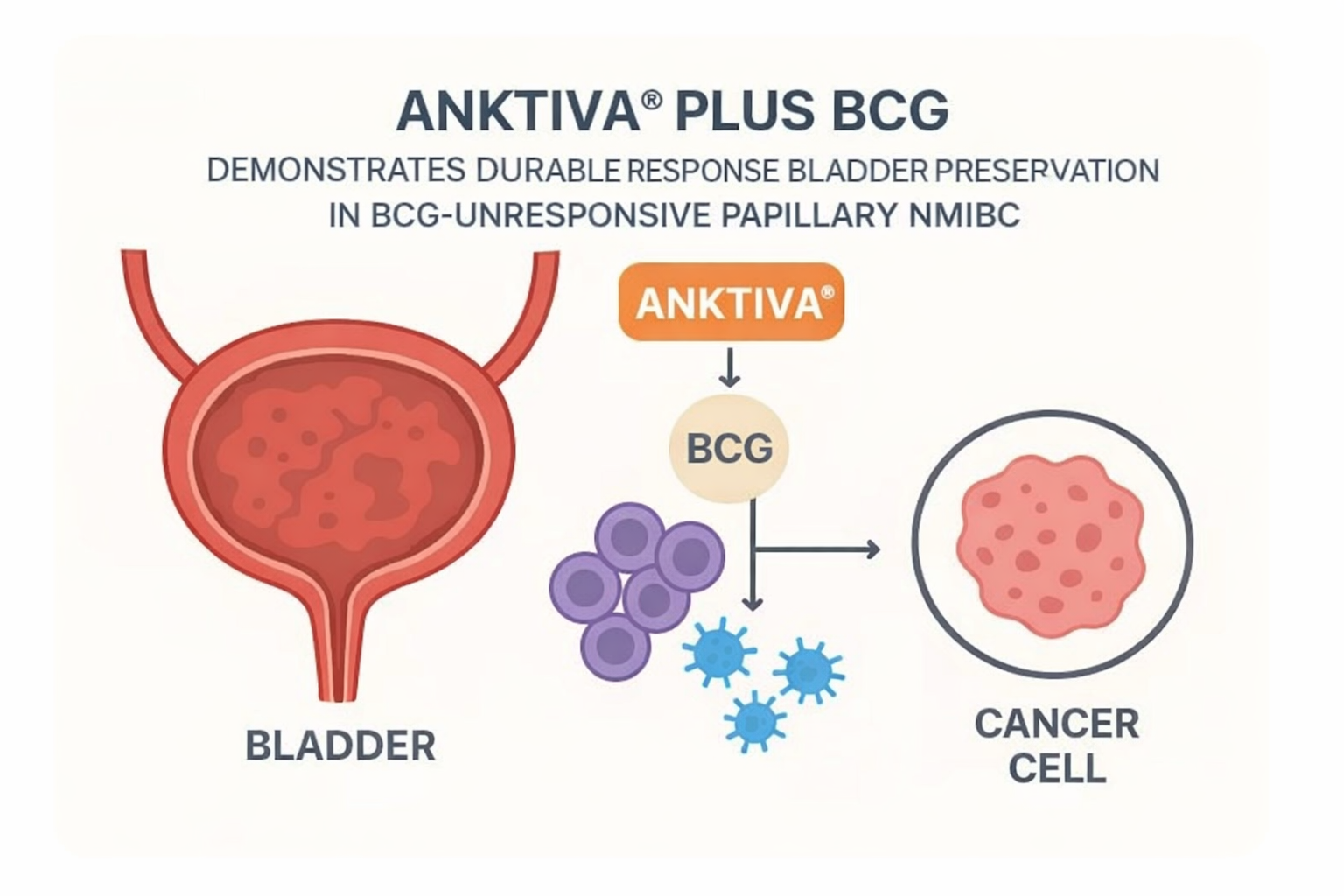

Autologous tumor-infiltrating lymphocyte (TIL) therapy demonstrated disease stabilization in 64% of patients with heavily pretreated metastatic head and neck squamous cell carcinoma, extending median overall survival to 9.5 months in a population with historically poor prognosis.

Study Design & Population
- Phase 2 multi-institutional clinical trial conducted at UNC Lineberger and 21 other U.S. sites
- 53 patients assigned to four treatment groups testing different TIL preparations
- Patient characteristics: Mostly men, median age 57, all but one had late-stage metastatic disease
- Four treatment arms: Non-cryopreserved TILs (n=8), cryopreserved lifileucel (n=17), non-cryopreserved lifileucel (n=16), cryopreserved PD-1 positive TILs (n=12)
Key Findings
- Disease stabilization rate: 64% of patients experienced cancer stabilization
- Median overall survival: 9.5 months in a heavily pretreated population
- Median response duration: 7.6 months (longest response nearly 2 years)
- Median treatment duration: 17.9 months
- Safety profile: Manageable side effects with chills (60%), hypotension (53%), fever (47%) as most common non-hematologic toxicities
Clinical Implications
- First therapy to demonstrate disease stabilization in recurrent/metastatic HNSCC patients who failed multiple prior treatments
- Provides treatment option for patients with limited life expectancy and no other therapeutic alternatives
- Establishes feasibility of consistently generating TILs from HNSCC tumors for therapeutic use
- Extends survival by approximately 9 months compared to historical controls
Limitations
- Small patient populations in individual treatment arms prevented meaningful cross-group comparisons
- Single-arm design without randomized comparison to current standard of care
- Heterogeneous patient population with varying prior treatment histories
- Need for optimization of cell expansion methods and treatment protocols



